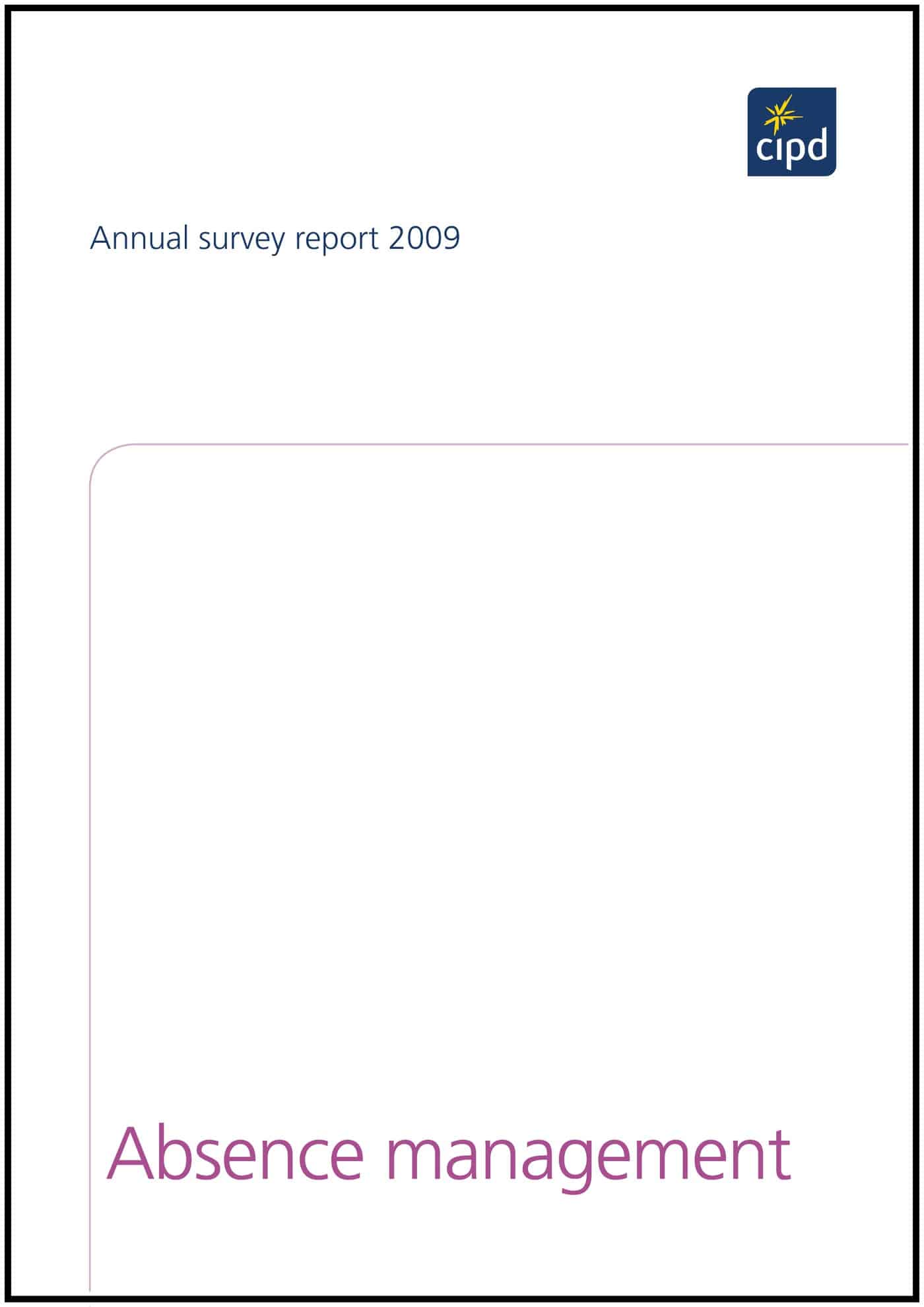Many business groups in Australia have been bemoaning the potential increase in OHS compliance paperwork, often on the basis if the impact on small business, applying the logic that the small business sector has the least capacity to cope. Yet a survey of small business attitudes to “red tape” released this week questions the level of concern over OHS.
The June 2012 Sensis Business Index clearly shows that almost one-quarter of Australian small businesses want taxation regulation to be reformed most of all. Only 2% believed that OHS was the regulation needing most reform.
CEO of the Council of Small Business Organisations of Australia, Peter Strong, stated that
“The findings…. provide a framework for many important areas of regulatory reform that will benefit small business…”
As a tool for lobbying government on taxation reform, the survey results are supportive but in relation to OHS reform, OHS is equal to pay rates and planning regulations at 2%. Continue reading “OHS reform is a relatively small regulatory concern for Australian small businesses”

 Individually, employees can convince themselves that they are indispensable. The risk, from the workplace safety perspective, is that the individual is not accessing the mental health and stress relief that can come from being away from a workplace for several weeks.
Individually, employees can convince themselves that they are indispensable. The risk, from the workplace safety perspective, is that the individual is not accessing the mental health and stress relief that can come from being away from a workplace for several weeks.